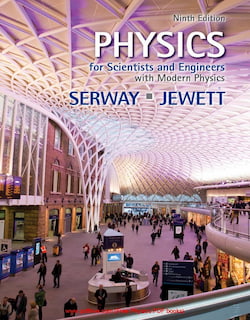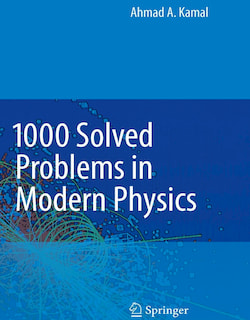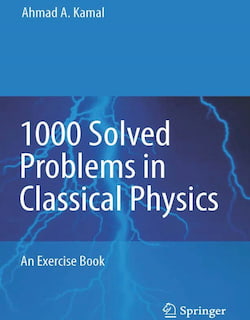The book “Quantum Field Theory of Non-equilibrium States” offers two ways of learning the way to study non-equilibrium states of many-body systems: the mathematical, canonical way, and an intuitive way using Feynman diagrams. The latter provides a simple introduction to the powerful functional methods of quantum field theory.
The usefulness of Feynman diagrams, even in a classical context, is shown by studies of classical stochastic dynamics like vortex dynamics in disordered superconductors.
The book demonstrates that quantum fields and Feynman diagrams are the universal language for studying fluctuations, be they of quantum or thermal origin, or maybe purely statistical.
Complete with numerous exercises to assist self-study, this textbook Quantum Field Theory of Non-equilibrium States is suitable for graduate students in statistical mechanics, condensed matter physics, and quantum field theory in general.
The writer of this book “Quantum Field Theory of Non-equilibrium States“ is Jorgen Rammer.
The purpose of this book is to supply an introduction to the applications of quantum field theoretic methods to systems out of equilibrium. The reason for adding a book on the topic of quantum theory is two-fold: the presentation is, to my knowledge, the primary to extensively present and apply to non-equilibrium phenomena by Schwinger, and subsequently applied by Keldysh and others to derive transport equations.
Secondly, the aim is to show the universality of the tactic by applying it to a broad range of phenomena. The book should thus not just be of interest to condensed matter physicists, but to physicists in general because the method is of general interest with applications ranging the entire scale from high-energy to soft condensed matter physics.
The universality of the method, as testified by the range of topics covered, reveals that the language of quantum fields is that the universal description of fluctuations, be they of quantum nature, thermal or classical stochastic.
The book is thus intended as a contribution to unifying the languages utilized in separate fields of physics, providing a universal tool for describing non-equilibrium states.
Quantum Field Theory of Non-equilibrium States: Table of Content
- Quantum fields
- Operators on the multi-particle state space
- Quantum dynamics and Green’s functions
- Non-equilibrium theory
- Real-time formalism
- Linear response theory
- Quantum kinetic equations
- Non-equilibrium superconductivity
- Diagrammatics and generating functionals
- Effective action
- Disordered conductors
- Classical statistical dynamics







